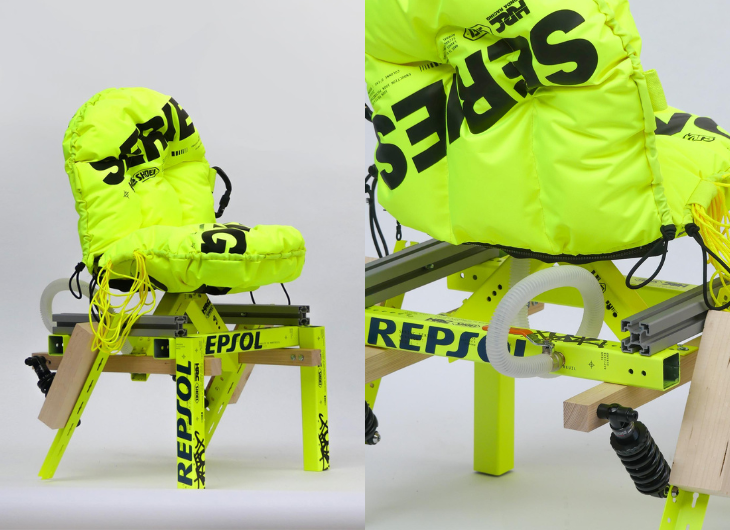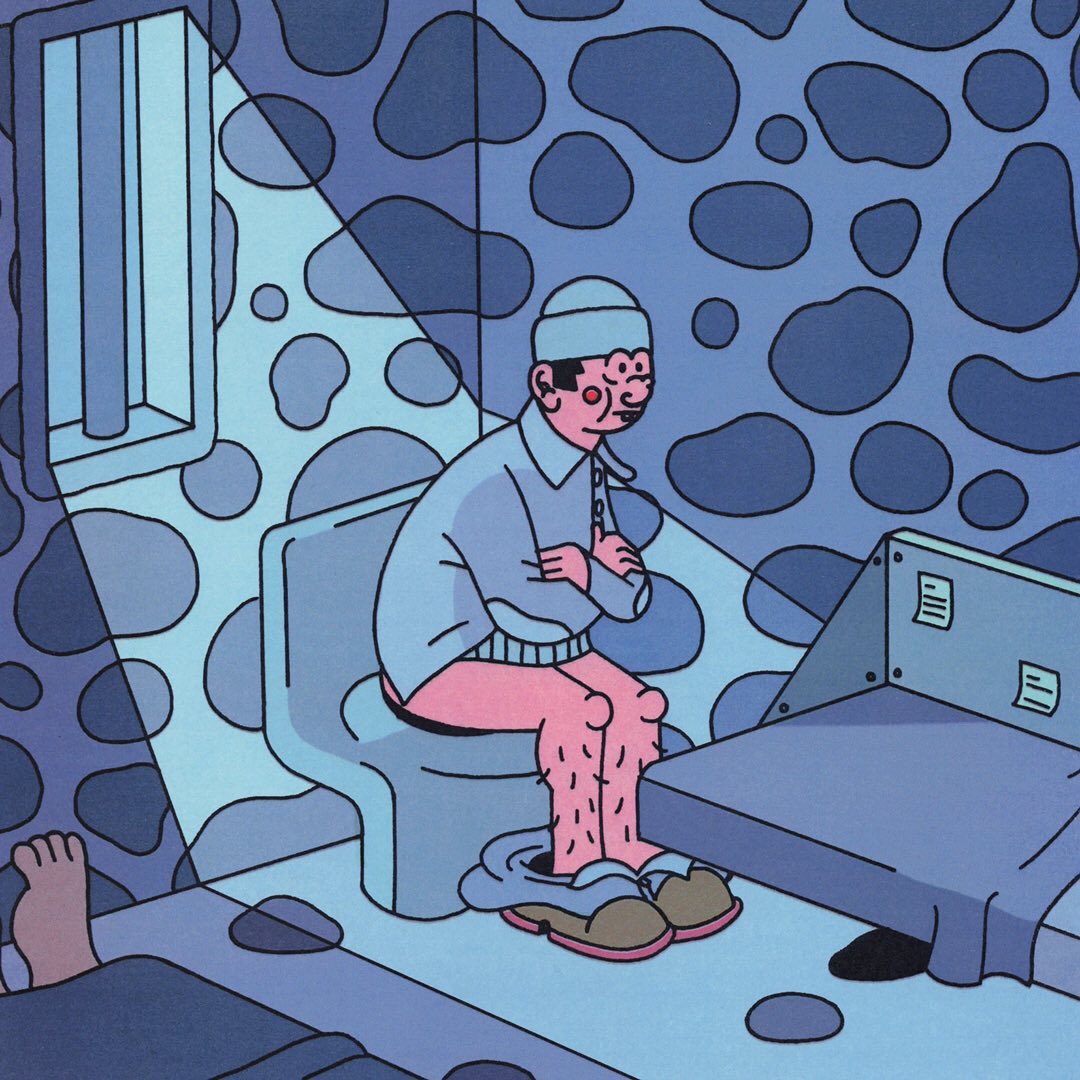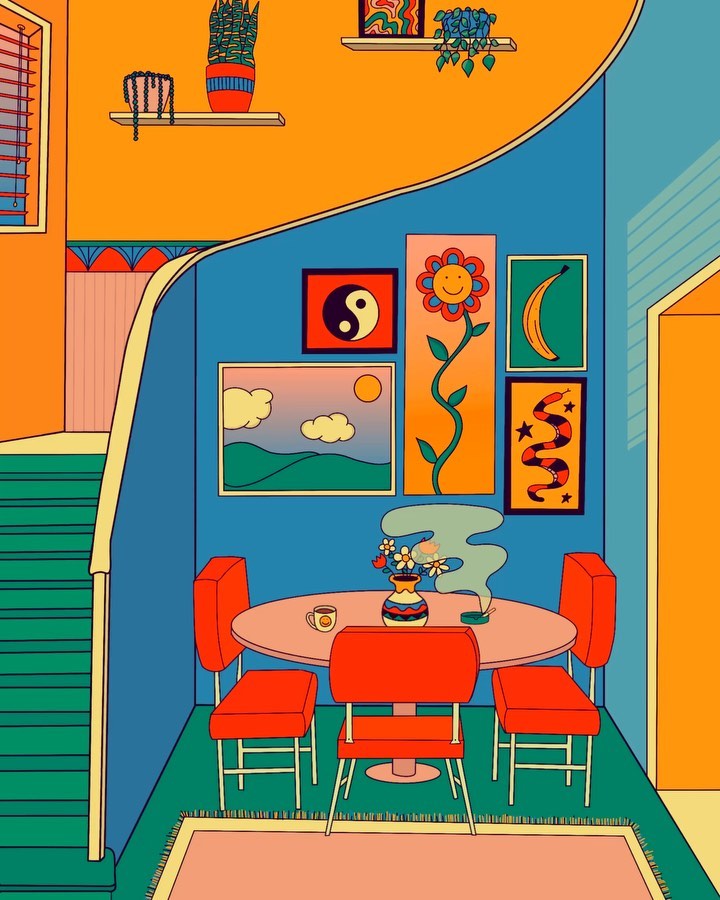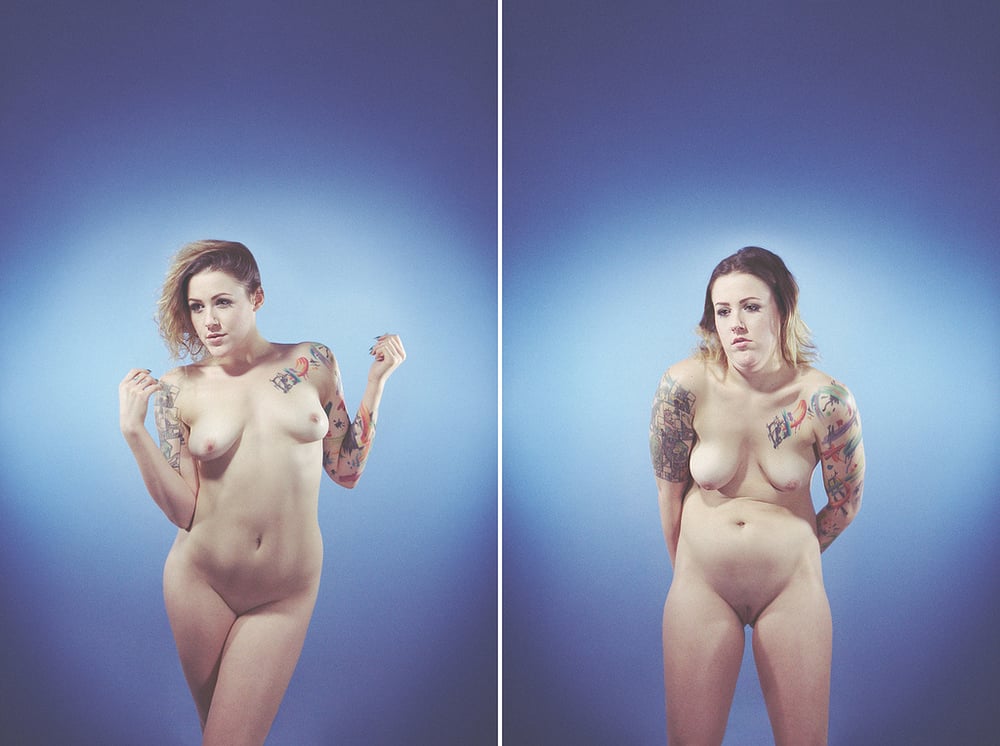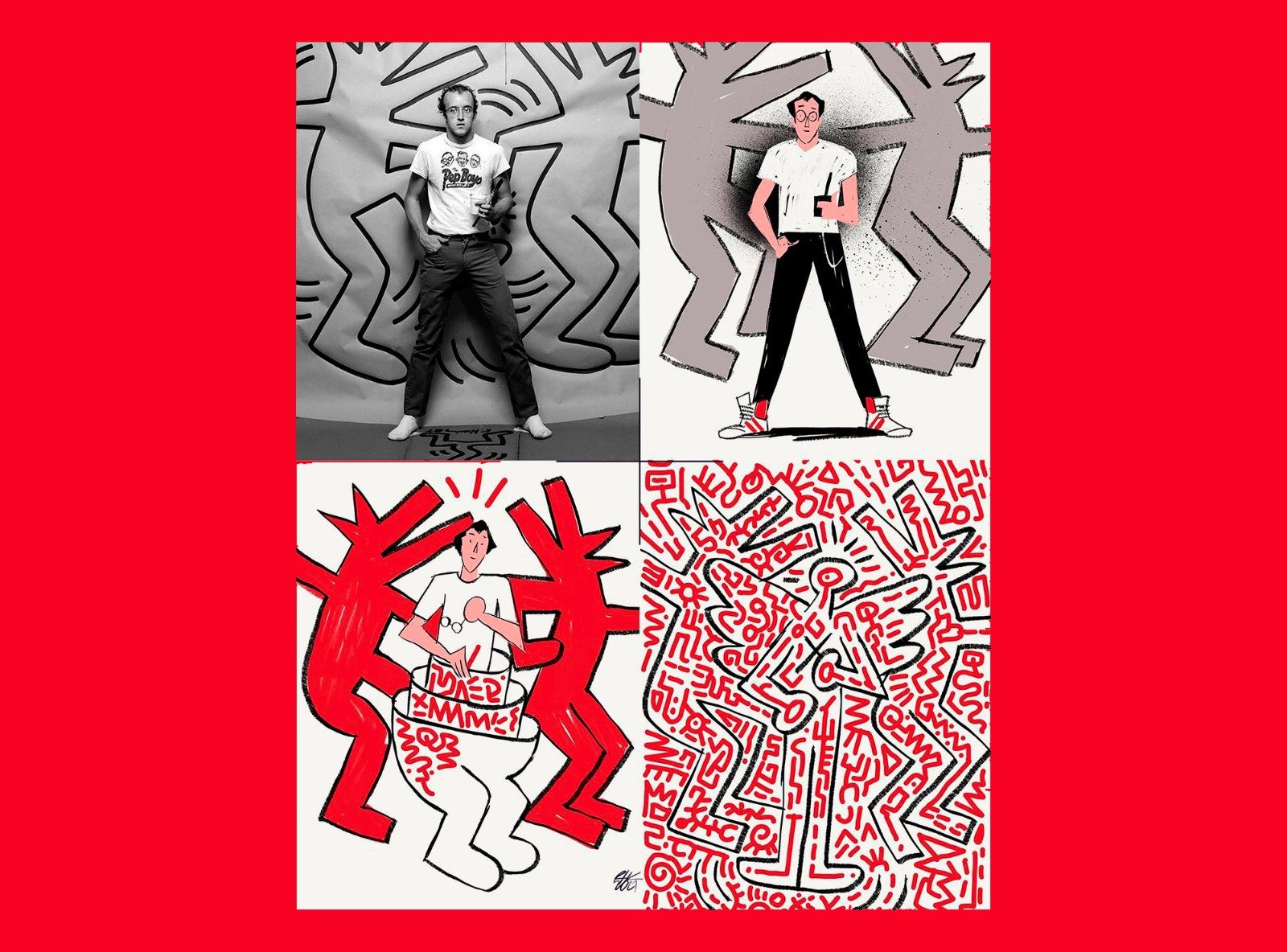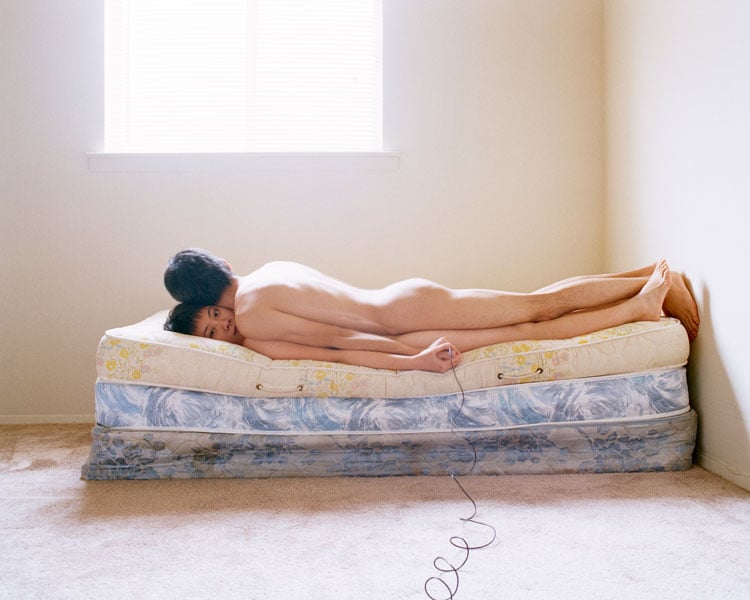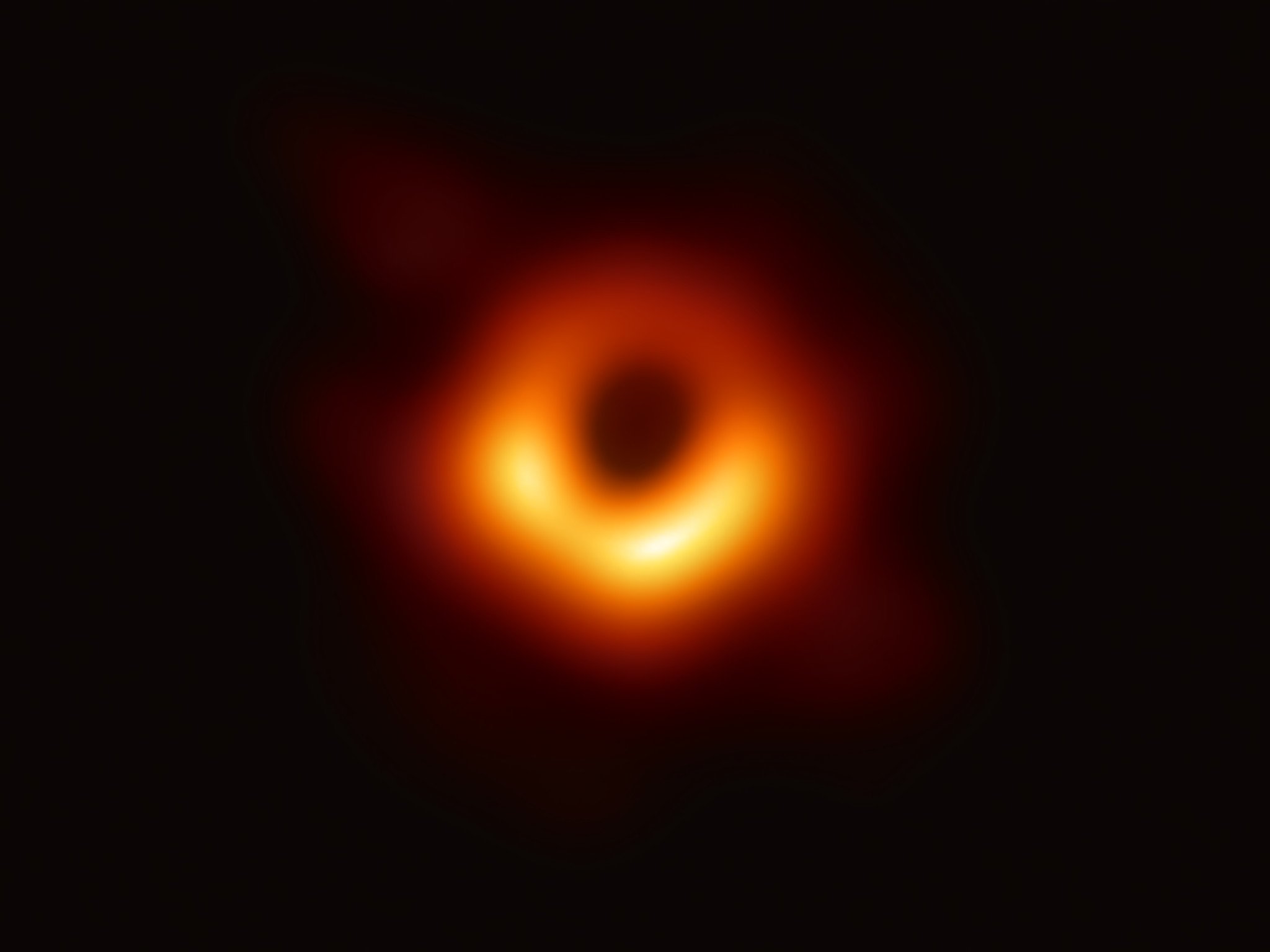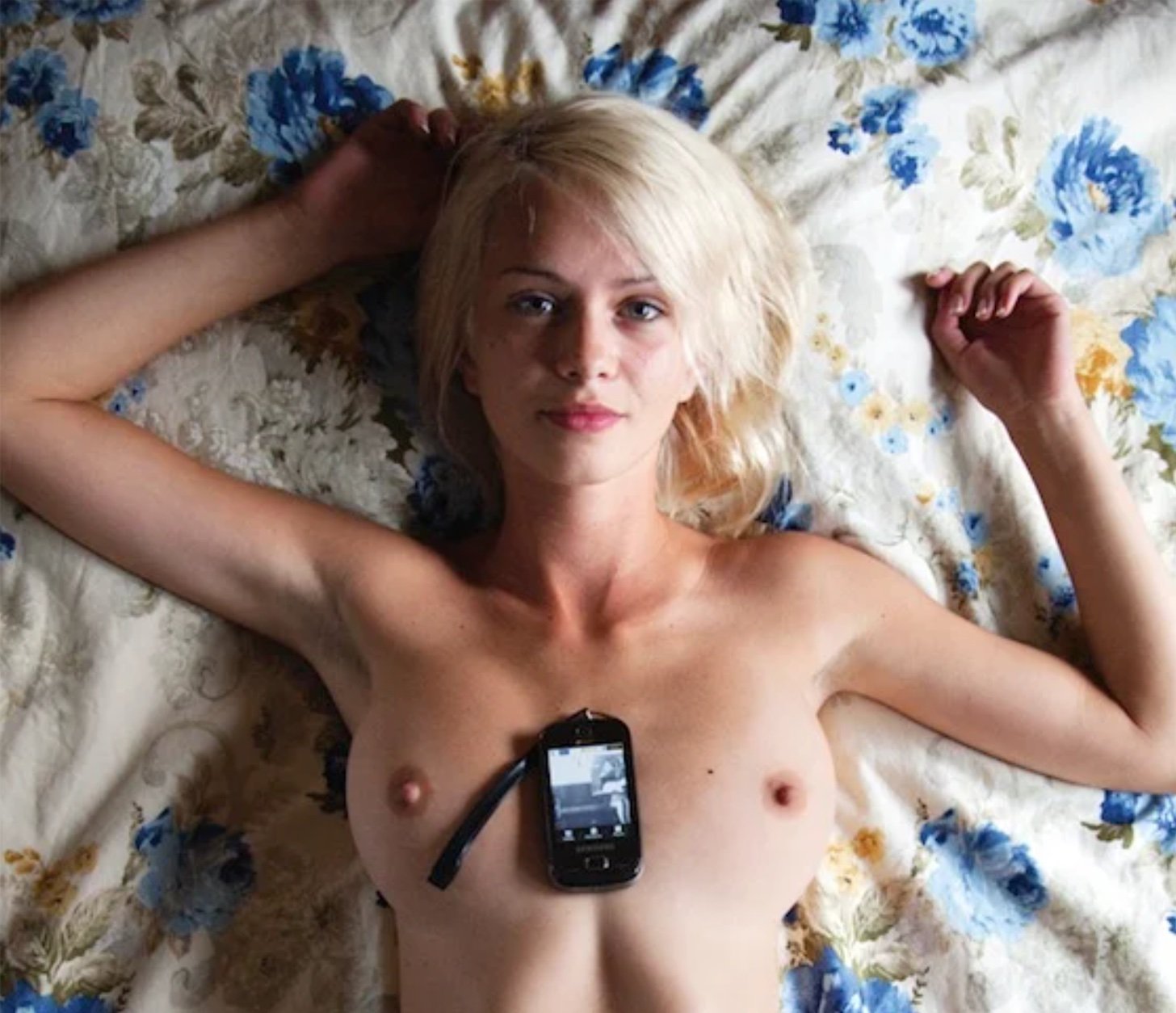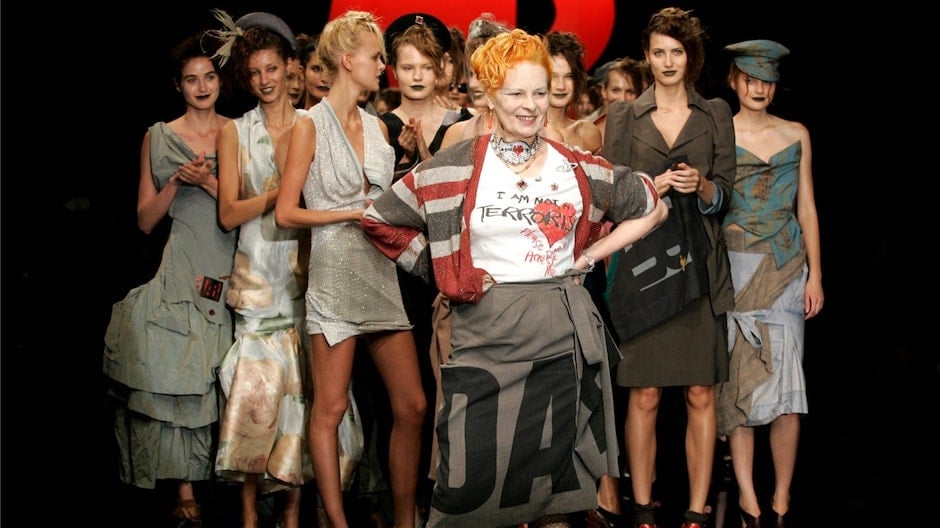
In my second article – where I told about the Japanese pioneers of the streetwear world – I wrote about Urahara, the zero meridians of the street style of the Land of the Rising Sun. All those nostalgic for the original movement, including myself, can only consider those times as the true “golden age” of streetwear. If you read it, you should remember well the names of the protagonists of that era, but especially the name of Hiroshi Fujiwara, which was mentioned about one of the most important brands of that period, namely Goodenough.
Assuming that everyone in that particular creative phase lived in the shadow of Mr. Fujiwara, I decided, for that occasion, to resist the temptation to work on a historical monograph on the “godfather” of Urahara. Now, however, the time has come, the lights are all for him, the time of honors has come. I will tell you about his work and his art by talking about his brands, but also about his most famous collaborations and his favorite sneakers.
If for many he is Hiroshi Fujiwara, for us he is the “Master”: without false modesty, I have always claimed the authorship of this name, and I also have witnesses. In any case, talking about Urahara without calling into question the “Master” is like talking about molecular cuisine and not quoting the genius of Grant Achatz, perhaps not to seem too radical chic. The fact is that not telling about Hiroshi is an option not to be taken into consideration if you really want to know the genesis of the world of streetwear.
History:

Hiroshi was born in Ise in 1964 and was immediately passionate about the world of fashion and music, especially Punk in the 70s. When he was only eighteen years old, sometime after moving to Tokyo, he left for London where he stayed for two months. In the treacherous
London, however, according to McLaren was not the right place for his revolutionary desire for innovation, so, together, the two set off to conquer New York City. Here everything begins; Hiroshi with a wise and innovative work of appropriation/re-invention of the American model fills the suitcase with ideas with the aim of returning and creating something unique. Once home, the first step will be to make him listen to the music that inspired him so much in the Big Apple.
But here we are not in Brooklyn, we are in Japan, and the DJ is compared to a bartender, a simple person employed in the clubs, who plays the first records he finds, very often without even knowing the titles or the artists of the tracks. This is certainly not the case with Hiroshi: he is the first to have a fairly stable role, he performs two or three times a month, and he has his own carefully selected vinyl with professionals. Fujiwara has always been one step ahead, like when he started skating as a kid, showing great talent. However, you have to wait a few years for the turning point, and, as usual, the inspiration comes from a foreign country.
In 1985, back in London, with the Wild Bunch guys, he watched a video of the Bones Brigade and was literally amazed to see for the first time an Ollie. A real lightning strike. This was his real passion, but the difficulties to reconcile it with his musical tastes and the trends of the moment were great. In those years Shawn Stüssy and Paul Mittleman began to distribute their brand Stüssy, born for surfers, but that did not have the classic style of surfing. Stüssy manages to put together and “mix” many elements such as fashion, high fashion (inspired by Chanel and Comme des Garçons), art and music. As everyone knows, Japan is an island, so it will not be difficult for Fujiwara to meet surfers who know Shawn and can make them meet.
The meeting did not take long to arrive, and the Stüssy founder, extremely impressed by the personality of the “Master”, shortly afterward, did not hesitate to send him a box full of his clothes. Without even realizing it, Hiroshi becomes the Japanese member of the “International Stüssy Tribe”.

In 1989, with a wealth of experience of all respect, combined with an authentic style result of different mixes and influences, he decided – inspired by the work of Shawn Stüssy and the British brand Anarchic Adjustment (with a very BMX background) – to create his own brand, Goodenough. His right arm will be Skatething, the beacon that lights up the Japanese graphic scene even today. Under the name Goodenough, a series of garments are produced with attention to detail, with simple but unique graphics. The real peculiarity of these creations, however, was that not all were attributed directly to the “Master”, generating great curiosity among fans. Simplicity will become the keyword of every Hiroshi work from here on. With Nigo and Juno in ’93, he opened the Nowhere store which, as we know, was the springboard for Undercover and A Bathing Ape. Among the brands sold by Nowhere there is also A.F.F.A. (Anarchy Forever Forever Anarchy) created with Jun and inspired by the Punk philosophy, a cultural landmark in their teens. A.F.F.A. garments have always been offered for sale without a defined schedule, and sometimes even under the name Assemble.
After a few years, alongside Goodenough and A.F.F.A., Hijiwara founded the label Electric Cottage – the name chosen by Shawn Stüssy – with two lightning strikes as his logo. Creating another brand made it possible to create clothes designed by Fujiwara, but for his close circle of friends, with sporadic releases and in super limited quantities. In the second half of the ’90s, two other projects involved the ” Master ” and the Ready Made store: Finesse, with the star as a distinctive symbol, and More about less, opened in 1997 in place of Finesse. Same garments, different names. The concept is interesting, but production ends with the closure of the store in December 2000.
Subsequently, in 2003, he founded Fragment design, which took the place, and the logo, of Electric Cottage; in the same period he also created the Head Porter line of accessories. Thus began his projects for other large companies: from Nike to Levi’s with the Levi’s Fenom line, passing through Medicom Toy, Starbucks and also Base Control. I can’t forget the collaborations with Neighborhood, Burton’s iDiom, Uniform Experiment in partnership with Sophnet and Vanquish by Fragment with Vanquish. In 2005 with Hirofumi Kiyonaga and Hiroki Nakamura he opened the Honeyee website, which soon became the main source of news on trends in the Asian world. The rest, until today, is history.
Streetwear history and more.
This introduction seemed to me to be necessary, both for the respect I have for the “Master” and to be able to tell you the history of his art through his “works”. That “Lost in Creation” that I chose for the title of the article, was revisited by me for the cameo that Hiroshi made in the film “Lost in Translation”. As you may have guessed, Mr. Fujiwara is an eclectic character. Everything that gives him the opportunity to express himself captures his attention: art, fashion, music and, needless to say, the world of sneaker culture, making everything he touches “super cool”. Between the 80s and 90s, models like the “Dunk”, the “Court Force”, the “Air Jordan”, the “Campus”, the “Superstar”, the “Jack Purcell” and the “North Wave” became popular in Japan, just because they were worn by him in the 2000s. Let’s see


Collaborations
Nike Air Woven: 2000





The first “Nike Air Woven” was made in 2000, and the concept was inspired by a ten thousand year old dress found in an Oregon cave. The upper was literally made of woven material, a lightweight, breathable and flexible material. After the first collection, Hiroshi contributed to the color block of the series.
Nike “Mintone Collection”: 2001



Created in 2001, it was the first collaboration between Nike Japan and Hiroshi Fujiwara. The concept was simple: to re-propose existing models, with a monotonous colorway. The three sneakers were an “Air Terra Humara”, an “Air Zoom Seismic” and an “Air Max 120”. What was really revolutionary on that occasion was not so much the creation of these sneakers as the fact that such a talent could devote himself to activities considered not so prestigious by Japanese culture in the early years of the new millennium.
Nike Air Force 1 Wieden+Kennedy Tokyo: 2002

In 2002, Mr. Fujiwara designed and built this “Air Force 1” for the Wieden+Kennedy advertising agency in Tokyo, but unfortunately, it was never put up for sale. Super leather and Pony hair give this sneaker an incredible charm. On the heel, in embroidered mode, you can find, almost tattooed, the signature: “Tokyo”.
Nike “Orca Pack”: 2004



We are talking here about one of the most coveted and unobtainable “Maestro” packs since it has only been sold in two stores in Japan. From the name, you have already understood that the colorway is inspired by this animal with the instinct of a killer. There are four models: “Dunk High”, “Dunk Low”, “Air Force 1” and an “Air Trainer 1”.
Nike Air Presto Hello Kitty 30th anniversary: anno 2004


Questa favolosa sneaker è stata realizzata da Hiroshi per celebrare il trentesimo anniversario della “gattina” più famosa al mondo. Not for sale, of course. Sempre parlando di “Air Presto”, questo modello regalato da Nike al “Maestro”, e quello realizzato per il promo del film “Sex and the city”, sono due bellissime rarità.

Nike “Dunk Low POLKA DOT”: 2006


One of the most beautiful shoes made by Fujiwara: normal leather and patent leather together with that polka dot pattern, with the “lightning” logo on the tongue, are the best.
Nike AIR FORCE 1 25th anniversary: 2007

In 2007, an iconic shoe like “Air Force 1” turned 25, and Hiroshi was given the choice of colorway. Also,
visvim SERRA x AFFA: 2008

This is a shoe to which the “Master” is very attached – especially for the fact that he has worn it often – so as to define it as perfect under the denim and a must for the winter. This collaboration with Visvim is with the brand Affa, label of Hiroshi Fujiwara and Jun Takahashi.
NIKE TENNIS CLASSIC x Sichuan earthquake: 2008

A sneaker he loves so much, to the point of making two custom NIKE IDs. According to his thinking, adidas has the Stan Smith, that is, the Beaverton label, he must put a lot of emphasis on this shoe. Among the many collaborations made with Fragment design, I chose the one made to donate the proceeds in favor of the victims of the earthquake in Sichuan. All in leather, with the lightning logo on the side of the heel, and with the Chinese inscription “Cheer up” on the tongue.
NIKE TERMINATOR “NOISE”: 2009

With regard to this shoe, only one adjective is lawful to use: beautiful. The idea of this sneaker comes after a line of tees by Nike Japan, where the word Nike was replaced with “Noise”. The same happens for these sneakers, with the heel showing the key image of “Noise” thought. Super leather “Himalaya Wp” and sole “Zoom Air.”. The version with the white colorway has never been offered for sale in Japan.
NIKE AIR FOOTSCAPE x fragment design: 2009


The Footscape line was launched in 1995 and, needless to say, Mr. Fujiwara is fascinated by it, defining this model as sensational, both for features such as the asymmetric upper, both for the wide plant and the round toe. This 2009 collaboration was made to pay homage to this particular shoe, made in four colorways.
HTM
NIKE HTM is a line that involves three “big” names, two of the entourage of NIKE, CEO Mark Parker and designer Tinker Hatfield, with our Hiroshi. The three letters represent their initials. At first, HTM was a codename given by insiders, then, it remained exactly that when the shoes went into production. For the first time, the Japanese magazine “Men’s Non-No” reported it, in an editorial called “A little Knowledge” where Fujiwara himself presented “Air Woven”, “AIR Woven Boots” and “Air Moc Mid”.
I choose for you……….
NIKE AIR FORCE 1 HTM: 2002


These sneakers are made from “super” materials. The first one is made of leather with visible stitching, while the second one is made of Croc leather. In the inner sole, we find the HTM logo.
NIKE AIR WOVEN RAINBOW HTM: 2002

Hiroshi’s touch is visible through this colorway. History.
NIKEAIR FOOTSCAPE WOVEN HTM: 2005



A wonderful hybrid of Nike house, with upper borrowed from Air Woven and sole from “Air Footscape”. This special HTM model is very rare because it was only sold by Nike Japan on the site, without any real programming.
His personal and beloved
Hiroshi is not only the “Godfather” of streetwear related to the world of sneakers but also a real user and enthusiast, having worn many of them. The first one that comes to mind is the “Nike Dunk navy/yellow Michigan”: While everyone used it to play basketball, he, instead, used it with the Skate between the late ’80s and early ’90s. Fujiwara never misses the opportunity to tell how much he loved this shoe, so perfect for the table, even if he initially thought it was just a different colorway of the “Air Jordan 1”, another great passion of his.

During the years he also wore “adidas campus”, “adidas superstar”, “Asics gel mai”, “Convrerse Jack Purcell”, “Vans classic skool” and “Chukka, Visvim fbt”, “Hocney”, “Northwave Espresso”, “Puma Clyde”, “NB”, “Dunk High” and “low”, “Air Jordan” and so much, so much so……….















